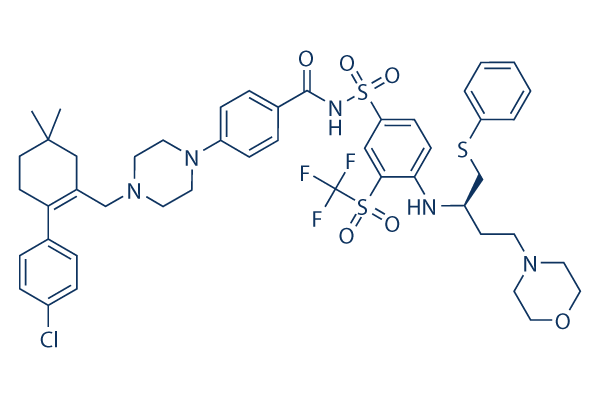At this late stage, it truly is far more possible that neutrophils could develop persistently substantial amounts of free radicals and inflammatory cytokines, as suggested by Fulop et al. who males tioned that aging brings about various defects in PMN func tion, notably increased production of ROS with high concentrations of inflammatory cytokines induced by a large level of free of charge radicals by means of NFkB. This may explain the prolonged course of action of wound closure in rats in the older group. to put it differently, prolonged wounds stay within a continual inflammatory state which leads to abnormal wound repair, Within the other hand, WP lactoferrin has an means to stimulate immune responses involving neutrophils and macrophage cytotoxicity, This additional explains the early infiltration of neutrophils in old rats supplemented with WP.
In addition, it truly is concluded that lactoferrin acts as an anti inflammatory by regulating the ranges of TNF and IL 6, This explains the sizeable reduce in TNF in the serum of outdated rats supplemented with WP. Furthermore, increas ing the degree of the impressive antioxidant, glutathione, by WP supplementation selleck inhibitor in the older rats, might have induced oxidative stability, scavenging the absolutely free radi cals after the inflammatory phase of wound healing. This must suppress the induction of inflammatory cytokines and may well inspire the next phases of normal healing. The alteration of neutrophil supplier Rigosertib functions observed here may possibly be brought on by alterations while in the signal transduction leukocytes out of the mainstream of blood and into tis sues at web sites of irritation.
The re epithelialization method is underpinned by kerati nocytes on the wound edges and by epithelial stem cells from hair follicles or sweat glands, While in the existing review, wound margin  epithelia of older rats supplemented with WP were enhanced in both their size as well as extent of their migration at the edge in the wound, leading to a moderate closing of your wound by the fourth day soon after wounding. The release of EGF, TGF a, and FGF is believed to stimulate epithelial cell migration and proliferation, with keratinocytes then migrating over the provisional extracel lular matrix. Once wound closure is attained, keratino cytes undergo stratification and differentiation to restore the barrier, Our results demonstrated that WP might inspire these successive events of re epethialization, leading to a finish covering of your wound area by the eighth day right after wounding.
epithelia of older rats supplemented with WP were enhanced in both their size as well as extent of their migration at the edge in the wound, leading to a moderate closing of your wound by the fourth day soon after wounding. The release of EGF, TGF a, and FGF is believed to stimulate epithelial cell migration and proliferation, with keratinocytes then migrating over the provisional extracel lular matrix. Once wound closure is attained, keratino cytes undergo stratification and differentiation to restore the barrier, Our results demonstrated that WP might inspire these successive events of re epethialization, leading to a finish covering of your wound area by the eighth day right after wounding.
DNA RNA synthesis Signal
DNA, RNA is assembled as a chain
